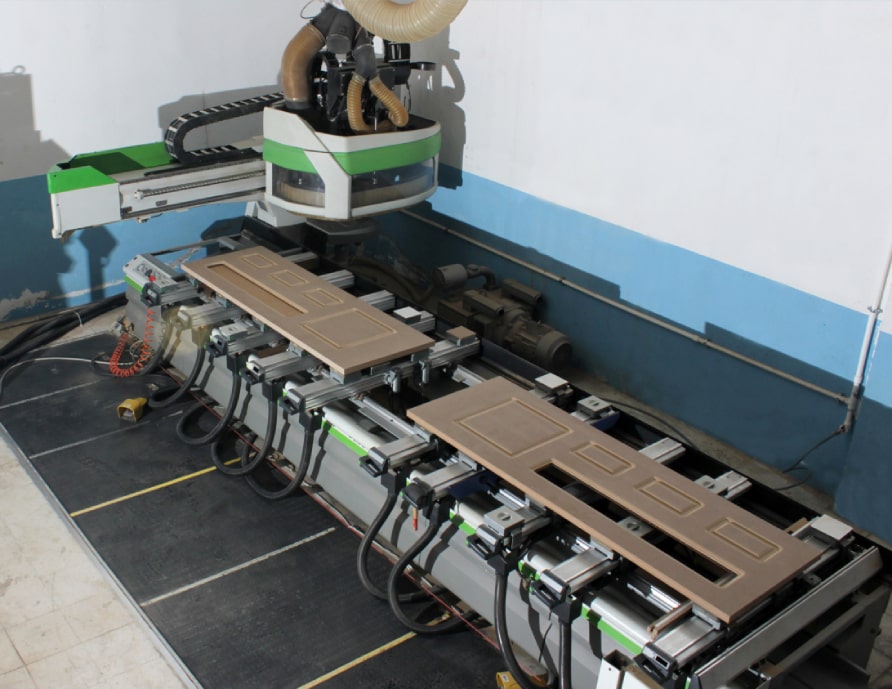Modern power stations are complex facilities that employ advanced technologies to generate electricity efficiently and sustainably. These technologies vary depending on the type of power station and the energy sources used. Let’s take a deep dive into the technology behind different types of modern power stations:
1. Coal-Fired Power Stations: While coal-fired power stations are less favored due to environmental concerns, some advanced technologies aim to reduce their impact:
- Ultra-Supercritical Steam Technology: This technology increases the efficiency of coal combustion by using higher temperatures and pressures to produce steam. It reduces greenhouse gas emissions and improves overall plant efficiency.
- Integrated Gasification Combined Cycle (IGCC): IGCC power stations gasify coal to create synthetic gas, which is then burned in a gas turbine. This process is more efficient and produces fewer emissions than traditional coal combustion.
2. Natural Gas Power Stations: Natural gas power stations utilize clean-burning natural gas to generate electricity:
- Combined Cycle Gas Plants (CCGT): CCGT power stations use both gas and steam turbines to extract energy from the same fuel source. They maximize energy efficiency by utilizing waste heat for additional power generation.
3. Nuclear Power Stations: Nuclear power stations utilize nuclear reactions to generate heat and produce electricity:
- Pressurized Water Reactors (PWR) and Boiling Water Reactors (BWR): These are common reactor types. They use nuclear fission to heat water, creating steam that drives turbines to generate electricity.
4. Renewable Energy Power Stations: Renewable energy power stations harness energy from naturally occurring sources:
- Solar Power Stations: Photovoltaic (PV) solar power stations use solar panels to convert sunlight directly into electricity. Concentrated Solar Power (CSP) stations use mirrors or lenses to focus sunlight onto a central receiver, generating heat that drives a turbine.
- Wind Power Stations: Wind turbines convert wind energy into electricity through rotational motion. Onshore and offshore wind farms are common installations.
- Hydroelectric Power Stations: Hydroelectric power stations use flowing water to turn turbines, converting kinetic energy into electricity. They can be run-of-the-river or reservoir-based systems.
- Geothermal Power Stations: Geothermal power stations harness heat from the Earth’s interior to generate steam, which drives turbines and generates electricity.
- Tidal and Wave Power Stations: These stations capture energy from ocean tides and waves using various technologies such as underwater turbines or oscillating water columns.
5. Energy Storage Technologies: Modern power stations often incorporate energy storage technologies for grid stability and efficient energy utilization:
- Li-ion Battery Packs: These store excess energy and release it during peak demand, enhancing grid stability and accommodating intermittent renewable sources.
- Pumped Hydro Storage: Water is pumped to a higher reservoir when excess electricity is available and released to a lower reservoir during peak demand, generating electricity via turbines.
- Compressed Air Energy Storage (CAES): Excess electricity compresses air and stores it underground. When needed, the compressed air is released to drive turbines and generate electricity.
In conclusion, modern power stations leverage a wide range of advanced technologies to generate electricity efficiently and sustainably. From traditional fossil fuel-based technologies with increased efficiency to renewable energy sources and innovative energy storage solutions, these technologies collectively contribute to a more diversified and environmentally friendly energy landscape.



